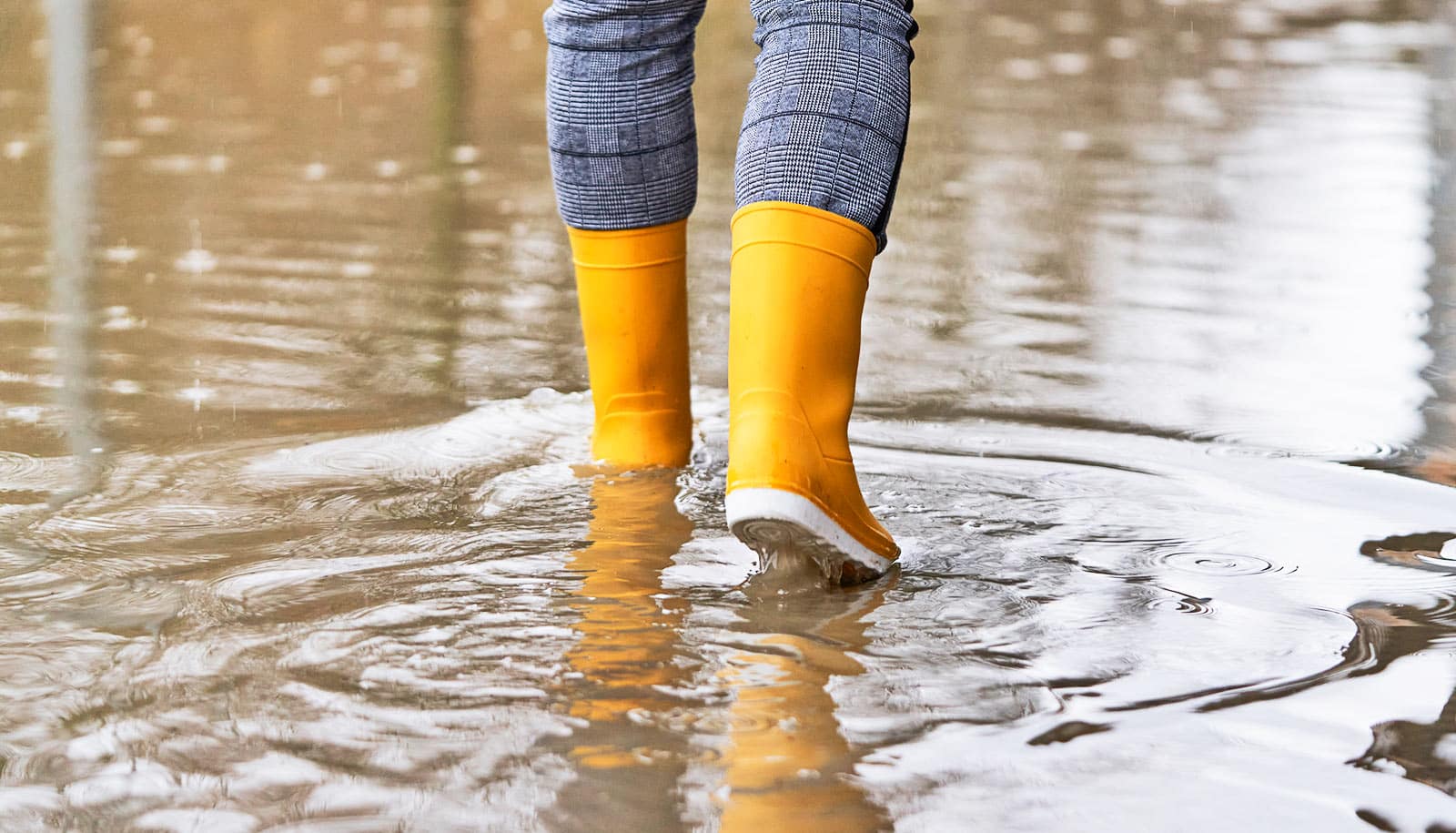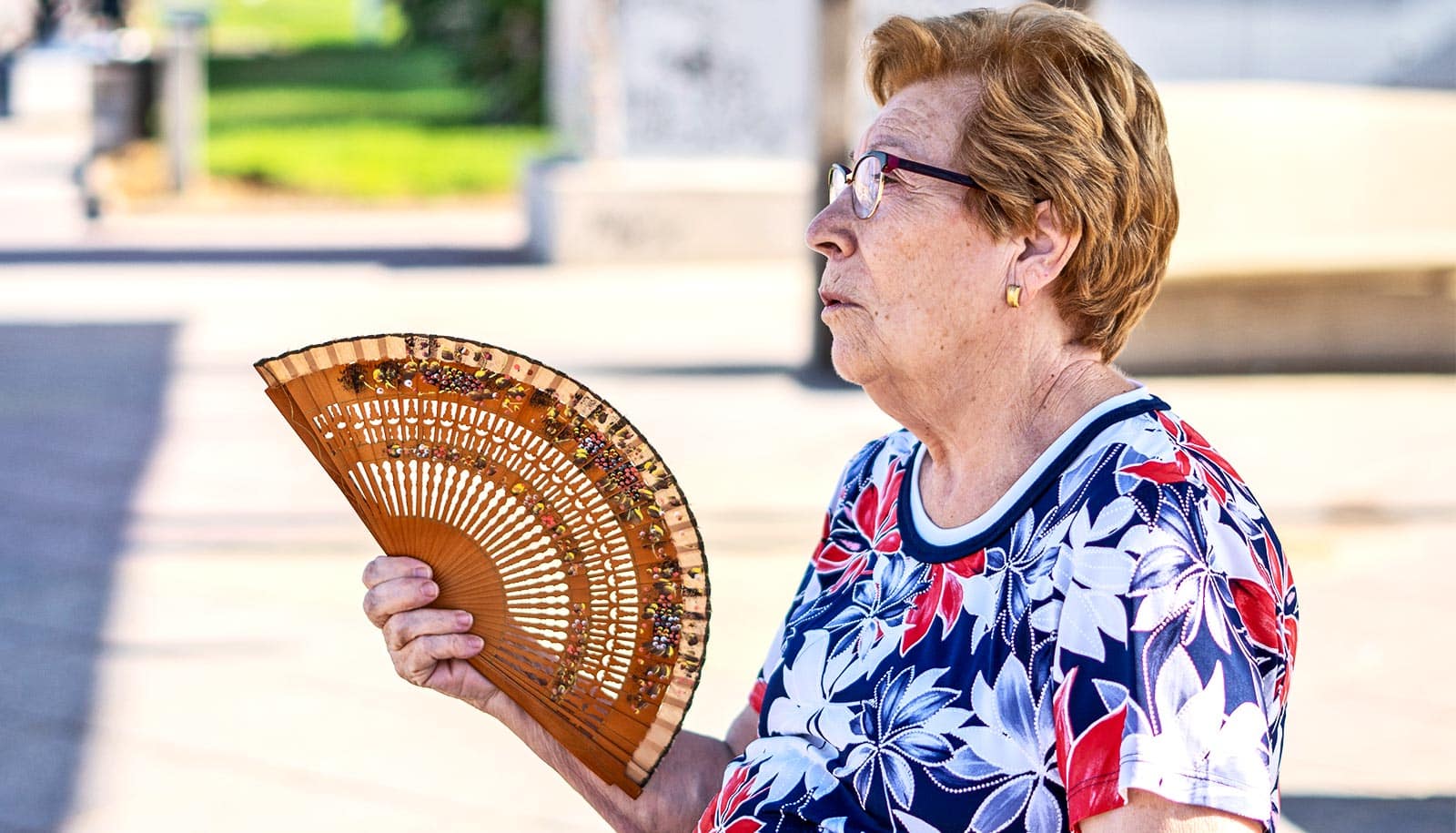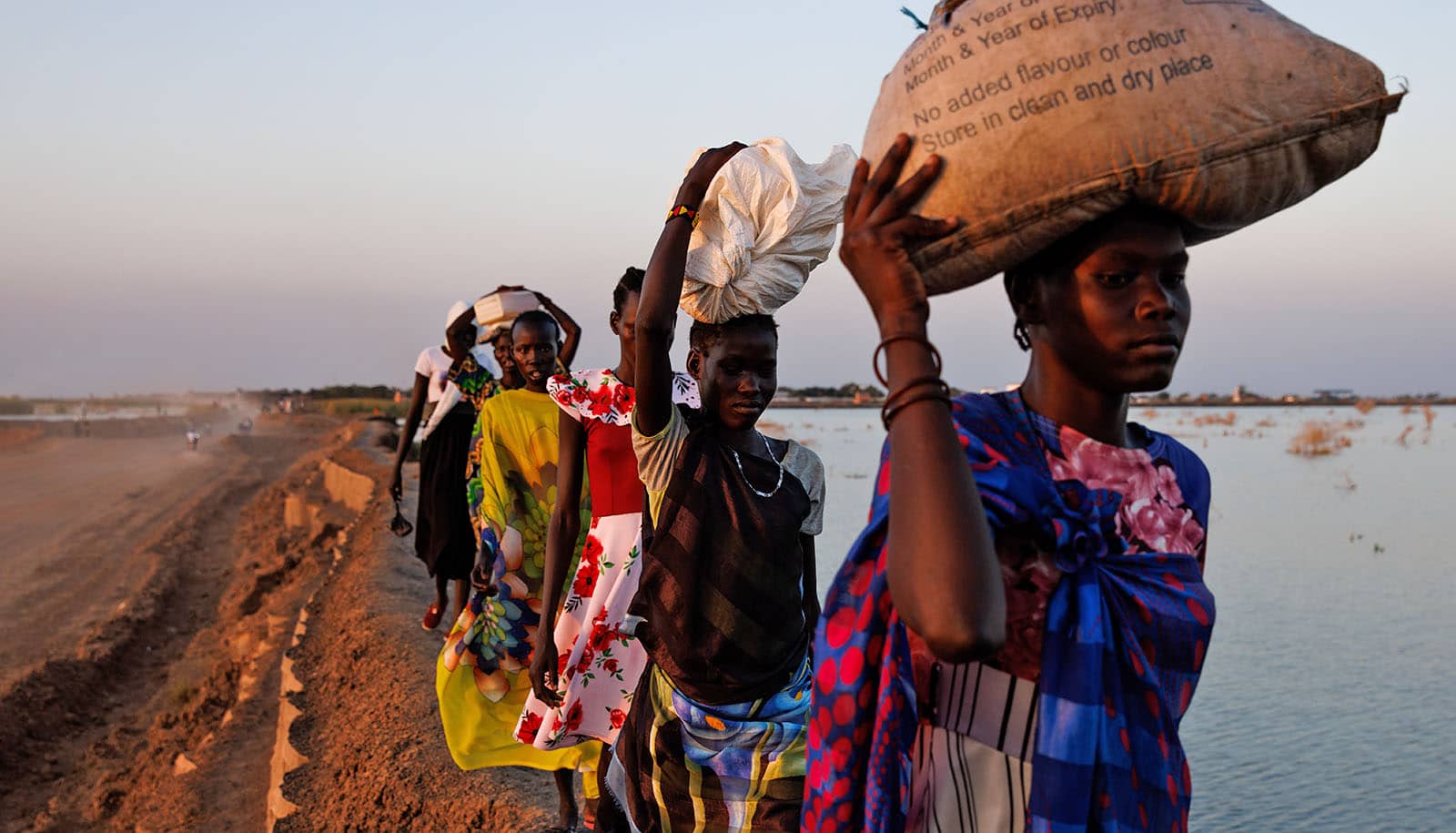A new study finds that selling some of the International Monetary Fund’s gold could help relieve climate-vulnerable countries’ debt.
Nearly half of the 8.2 billion people on Earth live in a country that spends more on paying off debt than on education or health care. In 2023, global public debt hit a record-setting $97 trillion, according to a United Nations report, limiting many countries’ spending on these necessities, and making it even tougher to pay the financial costs associated with a changing climate—like coping with extreme heat and recovering from powerful storms.
Of the places facing the highest burden from debt payments and from climate change, developing nations, particularly in Africa and Latin America, are among the hardest hit.
“There is a concern that many vulnerable countries who have contributed the least to climate change are disproportionately facing the impacts,” says Rishikesh Bhandary, assistant director of the Global Economic Governance Initiative (GEGI) at the Boston University Global Development Policy Center.
“To cope with those impacts, they’re having to borrow money, and before they’re able to pay it back, they get hit by another climate event.”
Bhandary and Marina Zucker-Marques, a senior academic researcher for GEGI, found a potential solution: selling gold. In particular, some of the gold that’s currently held at the International Monetary Fund (IMF), which has around 90.5 million ounces, worth about $237 billion, in total.
In a recent study, they found that selling just 4% of those assets could provide debt relief for 86 low-income and climate-vulnerable nations.
How did the IMF end up with so much gold? When it was founded in 1944, member countries paid a portion of their fees in gold and continued to do so until the 1970s. Bhandary and Zucker-Marques believe that it can be put to good use—and that now is the right time.
They’re calling for the IMF, which exists to help keep the global economy stable, to sell a portion of its gold in order to replenish the financial agency’s Catastrophe Containment and Relief Trust (CCRT). The trust is supposed to cover the debt payments of low-income nations after a natural disaster, but Bhandary and Zucker-Marques point out that the funds are too low to provide sufficient assistance.
Here, the researchers dig into the feasibility of their plan, how the IMF can support global climate solutions, and what changes they hope to see in the near future:
Can you explain the importance of the IMF and the role it plays in climate change relief?
Zucker-Marques: The International Monetary Fund is what we call “the lender of last resort.” When countries are facing debt distress, the IMF can help the country stay afloat.
In recent years, because of so many shocks like COVID, many developing countries have a higher debt to the IMF than before. That means if a low-income country in debt experiences a natural disaster, ideally they can stop paying debt costs in order to prioritize domestic recovery. The IMF has the Catastrophe Containment and Relief Trust (CCRT) for this purpose. But it’s running very low on funds.
Bhandary: Right. For example, if you’re a small island state, and get hit by a hurricane, the CCRT absorbs the cost of debt payments owed to the IMF and allows the government to focus on providing immediate relief and recovery.
We’re proposing that this particular trust could play a very big role in climate disaster relief, and that replenishing the funds could be done by selling a small amount of the IMF’s gold. Right now, gold prices are at record highs, so it’s an ideal time to sell gold to replenish this trust and provide countries with that relief.
Who will benefit the most from receiving debt relief from the IMF’s gold?
Zucker-Marques: There are 191 country members in the IMF. But in practice, countries with larger economies don’t need to go to the IMF for loans. The United States, for instance, has the capacity to finance themselves very easily. This is not the case for smaller or developing economies. Countries like Mexico, like Malawi, have a different ability to repay their debt.
Our study is specifically focused on selling gold to help the poorest countries. Currently, the CCRT covers 30 of the poorest countries, but we’re suggesting that it expands to cover 86 of the lower income, smaller, developing states that have more vulnerability from climate change.
Can you explain the overlap between low-income countries and climate vulnerability?
Bhandary: By and large, the poorest countries are also the most vulnerable to climate change disasters. However, not all of the most vulnerable countries are the poorest. This trust is designed to cover the poorest nations. To cope with those impacts, they’re having to borrow money, and before they’re able to pay it back, they get hit by another climate event. It’s hard to break out of this cycle of rebuilding, taking on more debt, and then rebuilding again—the cycle just continues.
How can we break that cycle so that countries have the breathing room to make sure that they can rebuild, so when the next hurricane comes, they’re stronger? This is hopefully an instrument that could help break that climate and debt spiral.
I was struck by the numbers—that selling just 4% of the IMF gold reserves could help relieve debt costs for the most vulnerable countries in the world. How did you find that?
Zucker-Marques: We did a lot of digging; we looked at IMF documents, historical documents, and accounted for the price of gold in today’s market. When this gold was registered in the IMF in 1944, one ounce of gold was worth $45. Today, the price of gold is about $2,600 per ounce. This gold belongs to the member countries, and so we’re trying to communicate that countries can decide to sell the gold and use it for a better purpose.
How likely is that to happen?
Zucker-Marques: They need to decide collectively. Some countries, like the US, would need to have [legislative] approval. The IMF has been discussing this idea, and many IMF members have asked to make better use of the gold. The first step would be for 85% of the IMF Executive Board to agree on selling the gold; the second step would be that 90% of the members agree on using the money to replenish the CCRT.
Bhandary: That’s why it’s important to communicate these findings right now. We’re trying to reach policymakers and decision-makers, especially the IMF board. We’re also trying to build a broader narrative around the importance of this instrument.
How else would you like to see climate change factored into the global economy?
Zucker-Marques: Oh, we have a long list. I’d really like to see debt relief for developing countries, and, on the flip side, developing countries need more good debt. That means investing in adaptation and green industrialization. They need a lot of resources, and a key source of good debt is multilateral development banks, such as the World Bank and others like it. I would love to see these institutions grow, and be more efficient to provide lending to developing nations. There is the current emergency of debt distress some countries are facing, but also they need a larger pool of resources for them to invest where it’s needed.
Bhandary: I agree with those priorities. The IMF can help keep countries financially stable, but we also need multilateral development banks to provide long-term, affordable loans. Climate financing is often talked about in terms of investing in things like new windmills, solar farms, and renewable technology. What’s talked about less is, can a country afford that? Do they have space in their budget to pay for these things? That’s the fiscal lens that we’re bringing. The IMF can help relax those constraints, and that is really what we’re trying to push.
Source: Boston University



